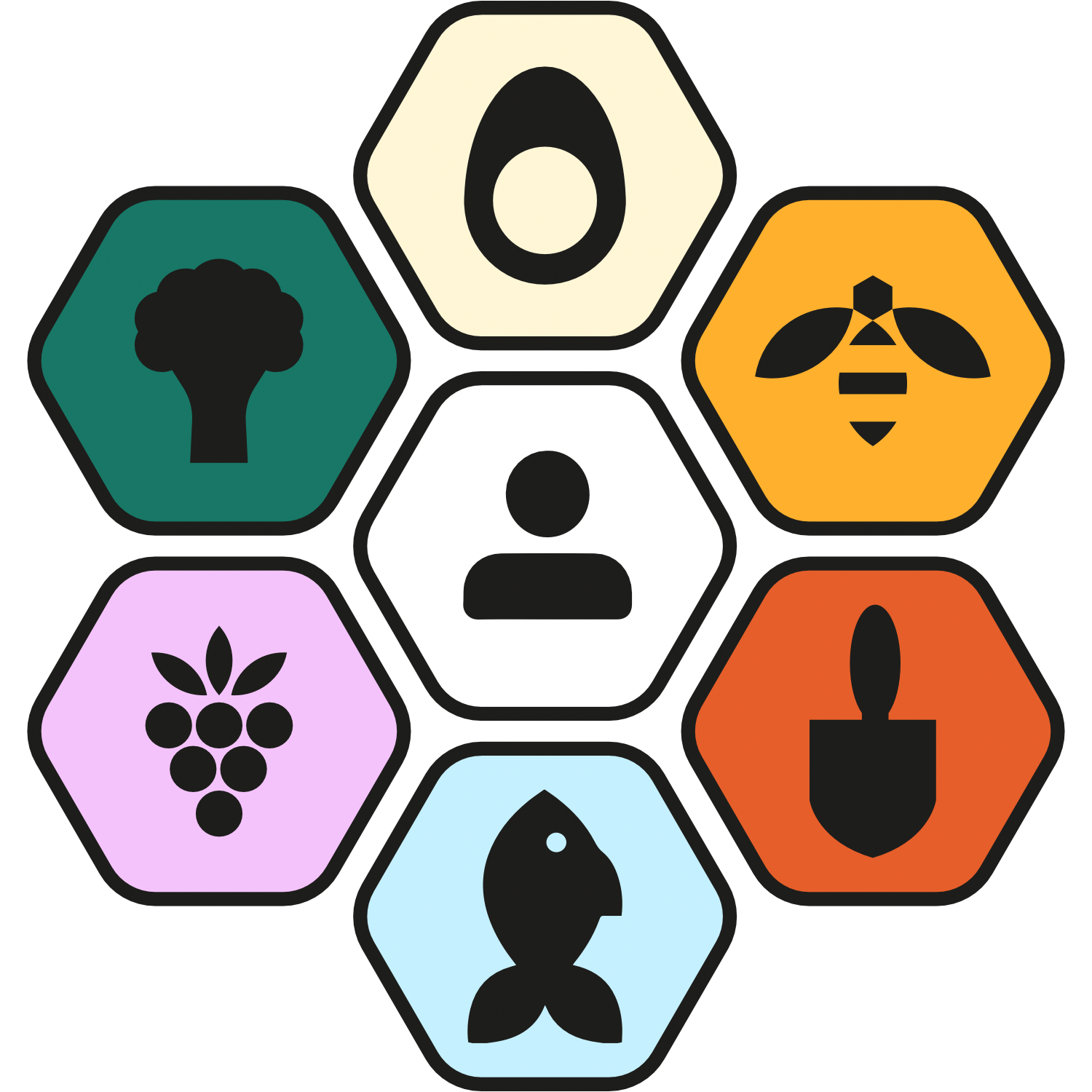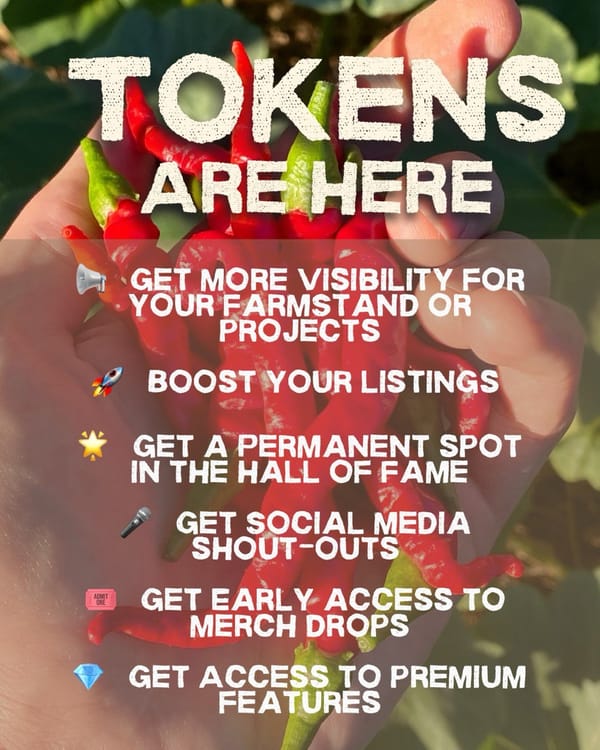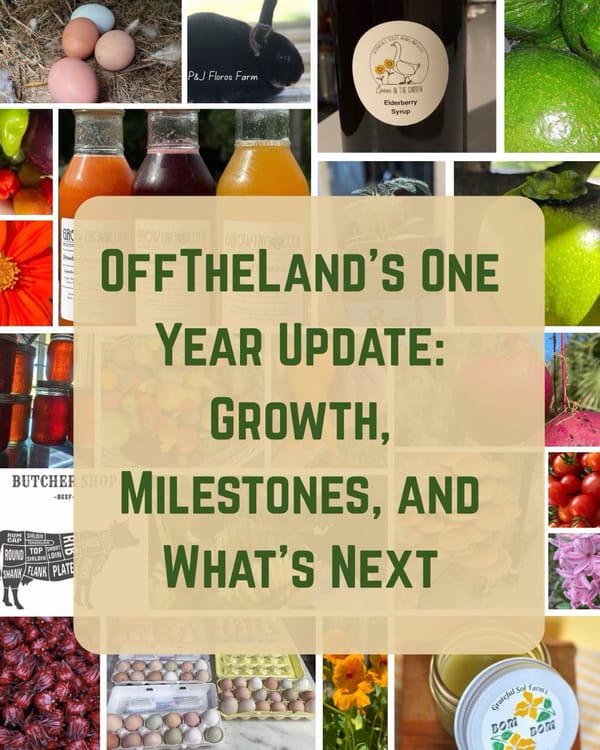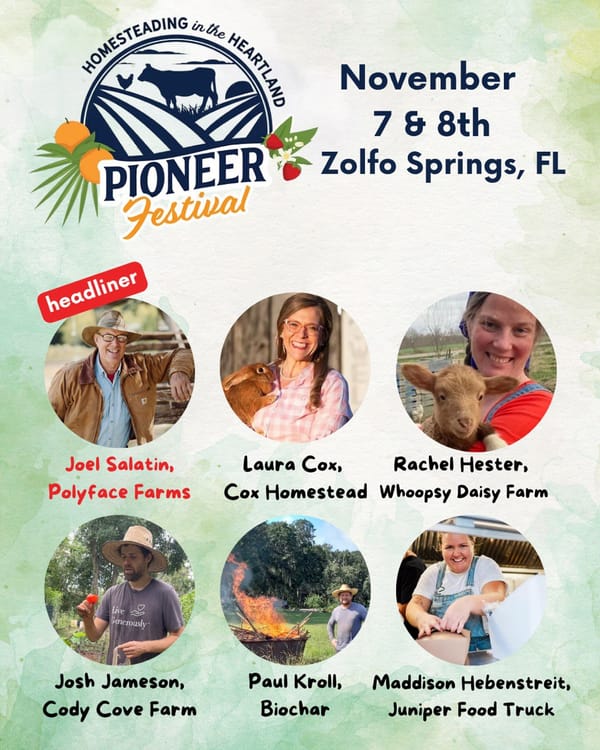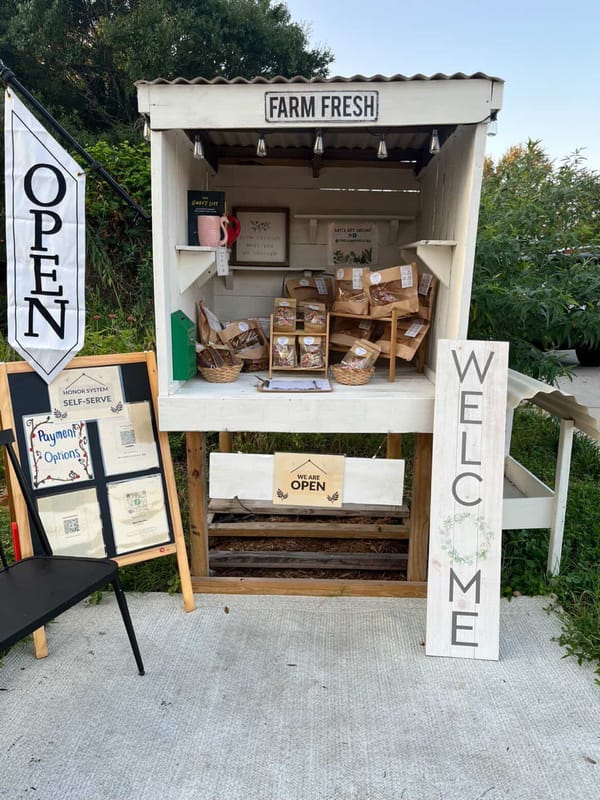Live Off the Land: Songs, Survival Movies, and Backyard Food Security

Last updated: 24 May 2025
"I will give you the good of the land of Egypt, and ye shall eat the fat of the land." – Genesis 45:18, King James Version
“We’ll live off the fatta the lan’.” – George, Of Mice and Men
“My grandpa taught me how to live off the land.” – Hank Williams Jr.
“A man trained to live off the land.” – Col. Trautman describing Rambo
One phrase, four very different worlds. This guide explores how “off the land” jumped from Depression-era novels to country anthems, action films, and today’s backyard self-reliance boom.
Where did the idiom come from?
Letters from frontier settlers in the 1800s used live off the land literally: hunt, fish, sow a small patch, survive the winter. Survival manuals in World War II formalised the idea for soldiers behind enemy lines.[1] After the war it became shorthand for anyone living without store supplies.
The Great Depression dream: Steinbeck’s “fatta the lan’”
In 1937 John Steinbeck gave the phrase its emotional charge. George and Lennie’s vision of a tiny homestead – “we’ll have a cow, maybe a pig, an’ live off the fatta the lan’” – captured every worker’s hope for stability.[2] Families who already owned garden plots and chickens weathered the real Depression with humble dignity; city dwellers often queued for bread and did desperate things to eat. History shows the land can be a crisis-proof pantry.
Country music and patriotic riffs
| Song | Year | Key lyric | Theme |
|---|---|---|---|
| “A Country Boy Can Survive” – Hank Williams Jr. | 1982 | “My grandpa taught me how to live off the land” | Rural toughness, inflation worries |
| “Made in America” – Toby Keith | 2011 | “Spent his life livin’ off the land” | Farm work equals patriotic pride |
| “Try That in a Small Town” – Jason Aldean | 2023 | “Got a gun that my grandpa gave me, they’d say one day they’ll live off the land” | Stand-your-ground self reliance |
Country radio keeps pairing the phrase with economic uncertainty and pride in local production.
Hollywood survivalism and cautionary tales
- Rambo, First Blood (1982). Col. Trautman warns that Rambo can “eat things that would make a billy goat puke.” The phrase screams elite toughness.
- Reality series Alone. Contestants film themselves living off the land with limited kit. Most tap out from starvation or injury, proving how hard true solo survival is.
- Into the Wild (2007). Chris McCandless celebrates “the thrill of living off the land” but dies of starvation in Alaska, a sober reminder that nature is unforgiving.[3]
The YouTube homestead boom
| Channel | Subscribers | Hook video |
|---|---|---|
| Jess & Miah Roots and Refuge Farm | 1.4 M | “How to grow enough food for one family in 100 days” |
| My Self Reliance | 2 M | “Off grid log cabin life with no power or water” |
| Melissa K. Norris | 500 K | “Live off the land on five acres – here is how” |
| Living Traditions Homestead | 900 K | “We quit our jobs to homestead full time” |
| Justin Rhodes | 1.1 M | “Raising 100 chickens in 100 days, backyard style” |
A 2024 YouTube study shows “off grid” search volume up 45 percent year-on-year.[4] Millions watch because living off the land feels achievable again – containers on patios, quail hutches under HOA radar, seed swaps by mail.
Why history can repeat and how local action prevents it
The 1930s taught a brutal lesson: if you did not control land or food production you were vulnerable. The same vulnerability exists today, multiplied by digital fragility.
- Ransomware chokepoints. One cyber hit on the JBS meat processor in 2021 halted plants and pushed retail beef prices higher in a week.[5]
- Avian-flu mis-management. USDA policy requires culling an entire flock within 24 hours of a single H5N1 detection.[6] Since late 2024 more than 70 million layer hens were destroyed, wiping out naturally immune survivors instead of isolating and breeding them. Major grocers such as Costco and Trader Joe’s rationed eggs, and some Sprouts stores posted “out of stock” signs for weeks while prices topped $4 per dozen.[7] Experts now call blanket culls “unsustainable” and urge targeted depopulation.[8]
- Fertiliser shock. The Russia-Ukraine war tripled global urea prices—from roughly $250 to more than $750 a ton—squeezing farmers worldwide.[9]
- Diesel volatility. U.S. diesel hit a record $5.81 per gallon in June 2022; every one-cent rise adds about $1 billion in freight costs that flow straight to food prices.[10]
- Port bottlenecks. A 2023 West Coast labour slowdown stranded produce, forcing chains to air-freight lettuce and berries.[11]
- Solar storms. A Carrington-class coronal mass ejection could fry unshielded GPS and control electronics that steer planting robots, warehouse conveyors, and reefer trucks.[12]
- Just-in-time logistics. Supermarkets still carry only two or three days of stock, so any one of the above shocks can cascade through the system.
- Natural disasters. Hurricane Ian slammed into southwest Florida as a Category 4 in 2022, washing out bridges and flooding I-75. Freight analysts warned that supply-chain disruption would “linger for weeks,” and local Publix stores reported empty coolers. The Florida National Guard opened multiple “points of distribution” in Port Charlotte and Fort Myers to hand out food and water.[13][14] When trucks stop, neighborhood gardens and farmstands become the only fresh-food backup.
Barriers that still stop people
- Land prices and zoning
- Lack of know-how
- Startup cost of high tunnels or livestock gear
- Selling at a Farmers Market for just several hours once a week is not a realistic business model when you factor in all the costs
- Fear of “going it alone”
OffTheLand.net removes those barriers
OffTheLand is a free marketplace that:
- Lists home-grown food, flowers, seeds, and handmade goods with zero fees.
- Supports barter as well as cash – eggs for honey, compost for seedlings.
- Provides transparency rules so buyers trust what they eat.
- Works for renters with balcony gardens as well as acre farmers.
- Builds relationships that matter if the internet or card networks fail.
Local reality spotlight
Fresh eggs, $5 per dozen, barter welcome. A backyard flock owner posts forty miles from you – trade your tomato seedlings for protein.
Rabbit manure “garden gold,” bring a bucket! Another member turns pet waste into fertilizer, closing a nutrient loop.
Salad-bag mix every Thursday. A renter who grows in fifteen fabric grow bags funds her seed habit this way.
Mini success stories like these prove the cultural dream is happening one swap at a time on OffTheLand.net.
Turn the story into supper
See how the dream becomes reality locally: create your free digital farm-stand »
FAQs
Who first said “live off the fat of the land”?
The phrase appears in the King James Bible, Genesis 45:18, and was popularised in the United States by John Steinbeck’s Of Mice and Men.
What song says “my grandpa taught me how to live off the land”?
Hank Williams Jr.’s 1982 hit “A Country Boy Can Survive.”
Is living off the land realistic today?
Complete self sufficiency is rare, but supplementing 20 to 50 percent of a household’s food with gardens or micro-livestock is common and growing.
How can I start without acreage?
Begin with container greens, barter surplus, and use platforms like OffTheLand to trade for what you cannot grow yet.
Download the OffTheLand quick-start brochure (PDF)
Footnotes
U.S. War Department. (1944). Survival on Land and Sea. ↩︎
Steinbeck, J. (1937). Of Mice and Men. Chapter 1. ↩︎
Krakauer, J. (1996). Into the Wild. Anchor Books. ↩︎
YouTube Trends Lab. (2024). Homesteading and Off-Grid Growth Report. ↩︎
USDA Economic Research Service. (2021, June 11). Market impacts of the JBS ransomware incident. ↩︎
USDA APHIS. (2024). Depopulation and Disposal for Birds in Your HPAI-Infected Flock: “USDA’s goal is to complete depopulation within 24 hours of first detecting HPAI at a property.” ↩︎
Rosin, H. (2025, March 20). “The Bird-Flu Tipping Point,” The Atlantic podcast: Costco and Trader Joe’s imposed egg purchase limits; some stores reported empty coolers. ↩︎
Pierre-Louis, K. (2025, Feb 26). “Mass culling of poultry hasn’t contained H5N1 bird flu,” Los Angeles Times: officials now question whether whole-flock culling is sustainable and discuss vaccination. ↩︎
World Bank. (2024). Commodity Markets Outlook: Fertilizers, Table A1. ↩︎
U.S. Energy Information Administration. (2022, June 20). Weekly Diesel Retail Price Update. ↩︎
Food Logistics News. (2023, Aug 15). “Retailers Airlift Produce Amid West Coast Port Labor Slowdown.” ↩︎
National Academies of Sciences. (2024). Space-Weather Risks to Modern Agriculture and Logistics. ↩︎
Leach, E. (2022, Sept 30). “Supply chain effects from Hurricane Ian could linger for weeks.” FreightWaves. ↩︎
Cook, D. (2022, Oct 2). “Florida National Guard soldiers distribute food and water to residents of Port Charlotte, Fla.” DVIDS Image 7445142. ↩︎
